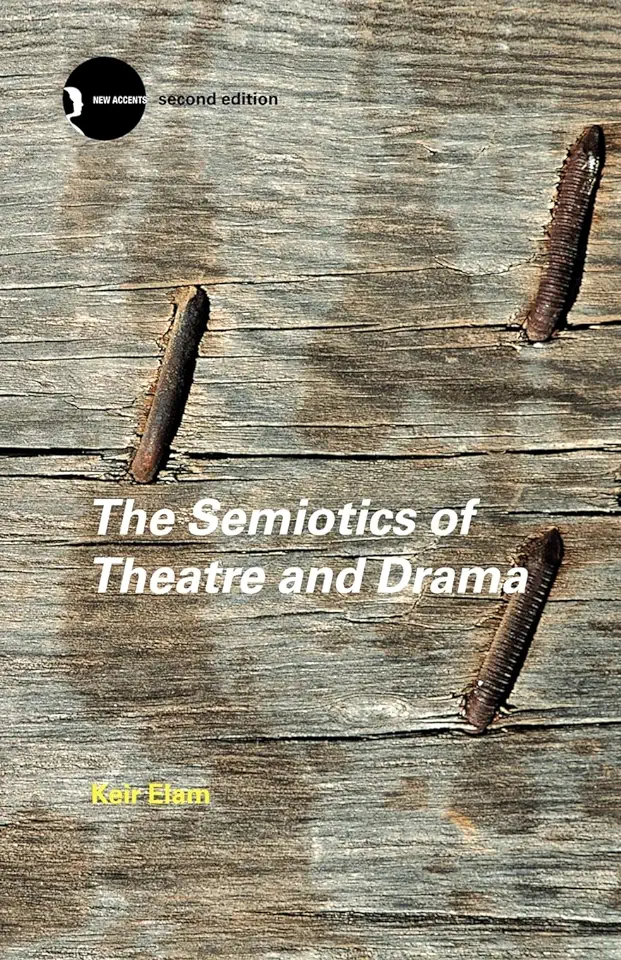
The Semiotics of Theatre and Drama - Keir Elam
The Semiotics of Theatre and Drama: A Comprehensive Analysis
Introduction: Unveiling the Language of Performance
In the realm of theatre and drama, communication transcends mere words. It delves into a complex interplay of signs, symbols, and gestures that convey meaning beyond the spoken text. Keir Elam's seminal work, "The Semiotics of Theatre and Drama," embarks on an intellectual journey to decipher this intricate language of performance.
Chapter 1: The Foundations of Theatrical Semiotics
Elam establishes the theoretical framework of theatrical semiotics, drawing upon the works of renowned semioticians such as Ferdinand de Saussure, Charles Sanders Peirce, and Umberto Eco. He elucidates the concepts of signifiers, signifieds, and the dynamic relationship between them, providing a solid foundation for understanding the semiotic analysis of theatre and drama.
Chapter 2: The Language of Performance
Elam delves into the specific semiotic elements that constitute theatrical performance. He examines the role of gesture, movement, facial expression, costume, lighting, and sound in conveying meaning and creating a multi-layered theatrical experience. Each element is meticulously analyzed, revealing its contribution to the overall semiotic tapestry of the performance.
Chapter 3: The Semiotics of Dramatic Text
While acknowledging the primacy of performance, Elam also explores the semiotic significance of the dramatic text. He argues that the written script is not merely a blueprint for performance but a semiotic system in its own right. Elam analyzes the use of language, imagery, and metaphor in dramatic texts, demonstrating how they generate meaning and shape the audience's interpretation of the performance.
Chapter 4: The Semiotics of Theatre Space
Theatrical performances are not confined to the stage; they encompass the entire theatrical space. Elam investigates the semiotics of theatre architecture, stage design, and audience seating arrangements. He demonstrates how these elements contribute to the overall meaning of the performance and influence the audience's perception of the theatrical event.
Chapter 5: The Semiotics of Theatre and Ideology
Elam delves into the complex relationship between theatre and ideology. He argues that theatrical performances are not ideologically neutral but rather reflect and shape the prevailing ideologies of their time. Elam analyzes how semiotic elements are employed to convey ideological messages and how theatre can serve as a powerful tool for social critique and transformation.
Chapter 6: The Semiotics of Theatre and Culture
Elam explores the intricate relationship between theatre and culture. He examines how theatrical performances reflect and shape cultural values, beliefs, and practices. Elam argues that theatre is a cultural mirror, offering insights into the collective consciousness of a society and its evolving cultural landscape.
Conclusion: The Enduring Legacy of Theatrical Semiotics
"The Semiotics of Theatre and Drama" concludes with a reflection on the enduring legacy of theatrical semiotics. Elam emphasizes the significance of semiotic analysis in understanding the complex language of performance and its role in shaping human experience. He invites readers to continue the exploration of this fascinating field, opening up new avenues for interpreting and appreciating the art of theatre and drama.
Why You Should Read This Book
"The Semiotics of Theatre and Drama" is an essential resource for anyone interested in the study of theatre, drama, and performance. Keir Elam's comprehensive analysis of theatrical semiotics provides a profound understanding of how meaning is created and communicated in theatrical performances. With its engaging writing style and insightful analysis, this book is a must-read for scholars, practitioners, and enthusiasts of theatre and drama.